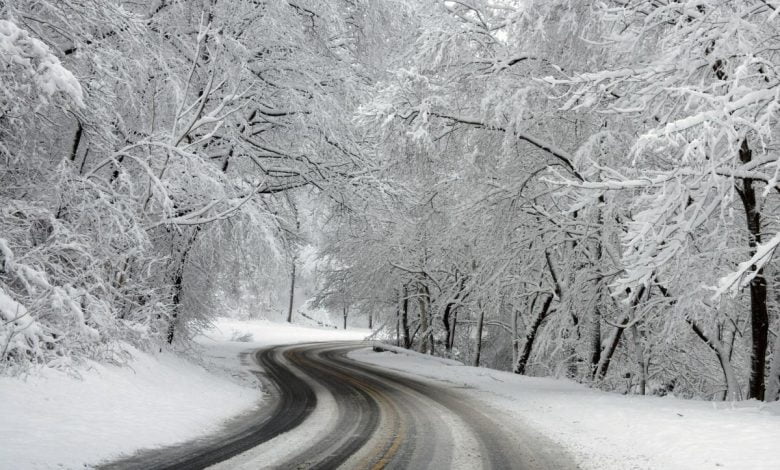Temperatures worldwide

1813–1814, severe cold, last freeze-over of Thames, and last frost fair. (Removal of old London Bridge and changes to river’s banks made freeze-overs less likely.)
1883–1888, colder temperatures worldwide, including an unbroken string of abnormally cold and brutal winters in the Upper Midwest, related to the explosion of Kra
katoa in August 1883. There was snow recorded in the UK as early as October and as late as July during this time period.
1976–1977, one of the coldest winters in the US in decades.
1985, Arctic outbreak in US resulting from shift in polar vortex, with many cold temperature records broken.
2002–2003 was an unusually cold winter in
the Northern and Eastern US.
2010–2011, persistent bitter cold in the entire eastern half of the US from December onward, with few or no mid-winter warm-ups, and with cool conditions continuing into
spring. La Niña and negative Arctic oscillation were strong factors. Heavy and persistent precipitation contributed to almost constant snow cover in the Northeastern US which finally receded in early May.
2011 was one of the coldest on record in New Zealand with sea level snow falling in Wellington in July for the first time in 35 years and a much heavier snowstorm for 3 days in a row in August.
